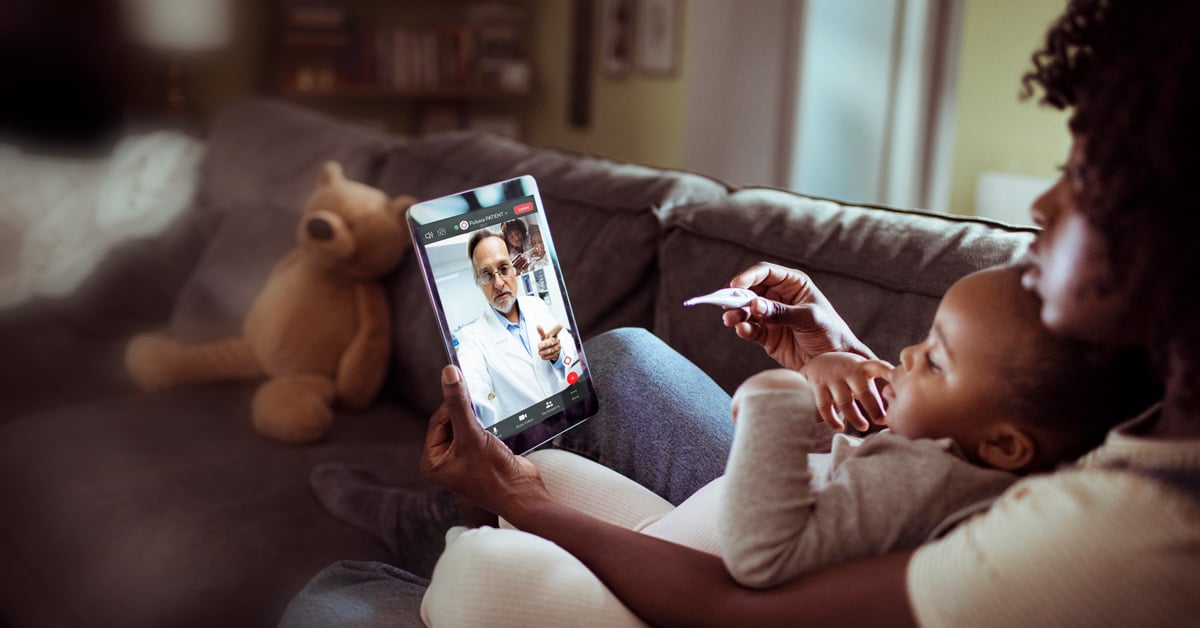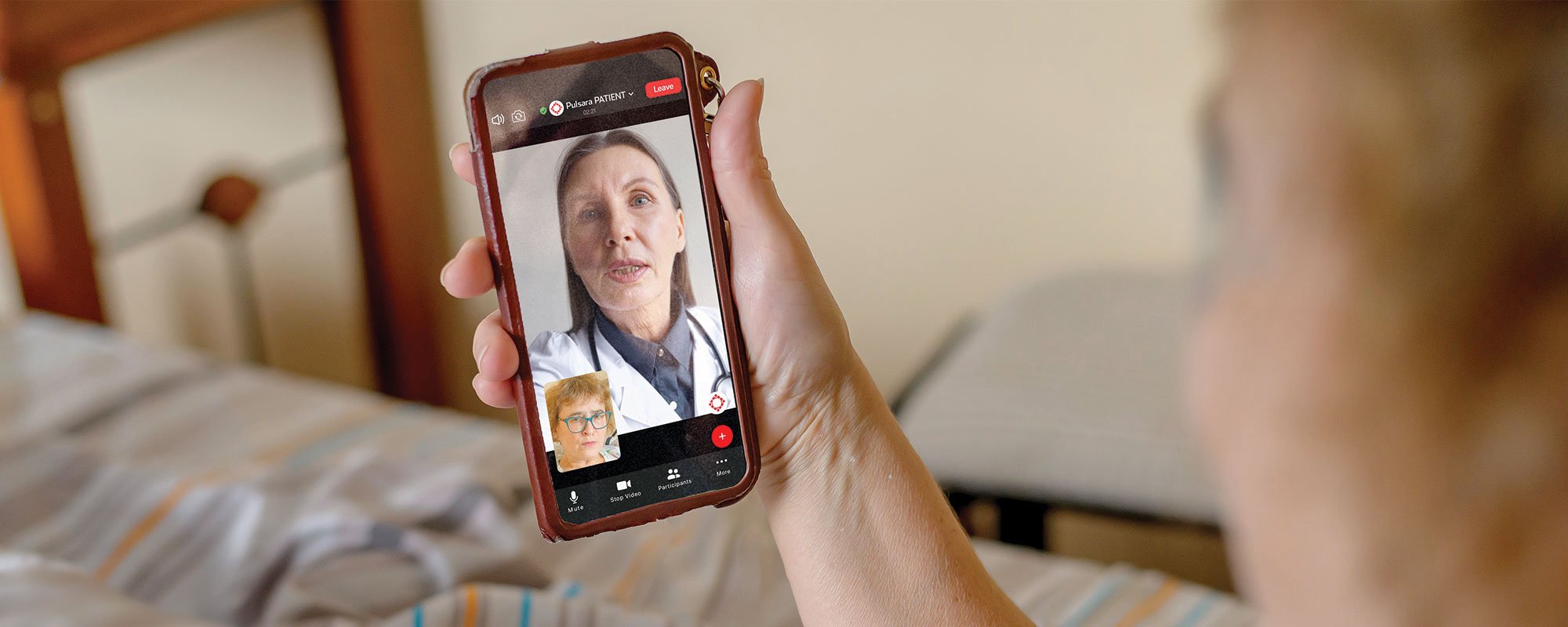Baker to Vegas: Leveraging Pulsara to Manage a Planned Event
Although they have the advantage of prior awareness and preparation, large-scale planned events pose unique challenges for emergency management...
3 min read
 Team Pulsara
:
Jun 29, 2022
Team Pulsara
:
Jun 29, 2022

Editor's Note: This article was first posted on Becker's Hospital Review. Check out the original version here.
The past two years have seen fast-paced innovation transform many parts of healthcare systems around the world. While some progress has been made around the interoperability of data systems, many care teams continue to use antiquated technologies to convey crucial patient information to one another, including linear communication tools like pagers, radios, and fax machines. Not only are these tools not connected, but if the chain breaks once, we've negatively affected a patient's outcome—either with a significant delay or in some cases, mistakes that generate more patient harm.
During a featured session at Becker's Hospital Review's Shift to Digital Virtual Event sponsored by Pulsara, Joey Branton, Senior Vice President of Strategic Initiatives at Pulsara, discussed why bringing broadband connectivity to patient-related communication is crucial to the future of healthcare innovation.
Watch the 30-minute replay below, or read on for the session's four essential takeaways.
Here are four key takeaways from the session:
Historically, healthcare has been siloed into pre-hospital care, inter-facility care (outside of a healthcare facility), and intra-facility care (within a healthcare facility). These partitions are reflected in the lack of interoperability between respective data systems. Making things worse, communication tools used to link information between these siloes are legacy systems — two-way radios, phones, faxes, pagers — that do not connect to a shared data interface.
The consequences of this disjointed approach were evident during the pandemic, when availability of beds for critically ill patients — often with comorbidities — changed dynamically. "These complexities broke the system down, which is why you saw people languishing across the country in these rolling surges of COVID [and providers] not able to find the right place for the patient with the right services," Branton said.
Internet access is a prerequisite for telehealth and other modalities of remote care, which for many people in rural or marginalized communities are the most convenient way to get needed care. Yet, those communities are often most affected by a lack of internet access. Providers are aware of these disparities and are working to scale distributed care; as is the government, which has allocated billions of federal dollars to states to solve the issue at the community level.

To address health disparities augmented by a lack of internet access and to modernize their own communication systems, organizations must adopt mobile, browser-based technologies for real-time communication and logistics. "Connecting the data is not enough; we have to connect the providers," Branton said.
He explained that reluctance to innovate has come from well-meaning IT professionals concerned about privacy and security, but that using these concerns as an excuse is wrong. "If [we] are going to serve our patients in this new age, we're going to have to figure out how to overlay our current technology stacks and our current spend with mobile-first technology that extends our reach at scale."
Pulsara's platform is a solution that enables real-time care team communications. It allows users to set up a dedicated patient event channel and dynamically add members to it as patient needs evolve; they can also choose to communicate via audio, live video calls, instant messaging, data, images, and other multimedia as a communication method.
For example, hospital teams can use the app to streamline communication among physicians, pharmacists, and nurses to reduce medication errors. EMS teams can also use the platform to share ECGs and images with medical control colleagues, conduct screenings, begin treatment in place, send alerts if the patient's condition warrants transporting them to the emergency department or connect to non-urgent facilities if they are stable but need additional care. "When EMS wins by providing better community healthcare delivery, the entire community healthcare system wins with effective and efficient healthcare delivery," Branton said.
![]()
Building a regional system of care can be a challenge, but it can make a big difference in provider satisfaction and patient outcomes. Healthcare leaders in Des Moines, IA, and Colorado Springs, CO, recently shared their experience improving communication and building regional systems of care in their respective areas. Watch the webinar here.

Although they have the advantage of prior awareness and preparation, large-scale planned events pose unique challenges for emergency management...

For Those Who Love a Good "Oopsie!" At Pulsara, we pride ourselves on enabling secure, HIPAA-compliant communication for healthcare teams. But let’s...

March Recap A New Integration: Improving Data Management, Streamlining Workflows, and Improving Care CoordinationOnly a few days ago, we announced...